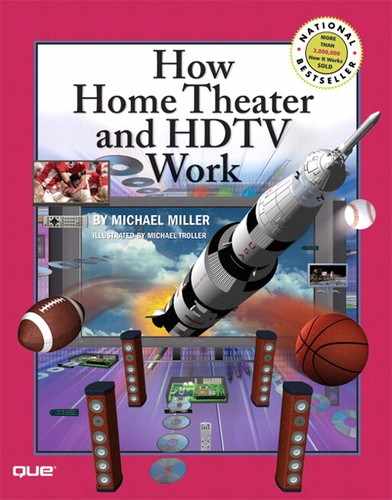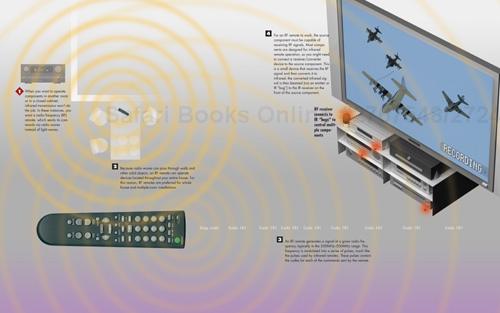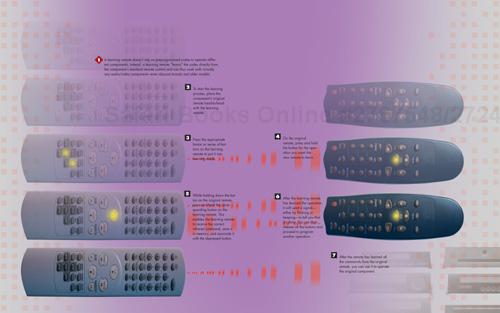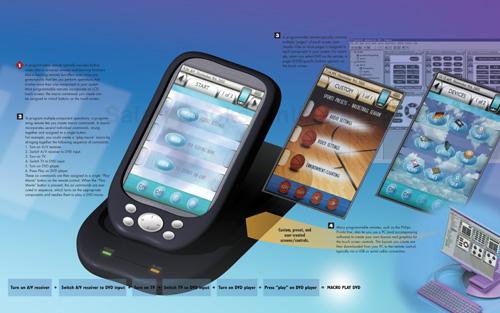
A home theater system consists of many components—a television set, an audio/video receiver, a DVD player, a DVR, and maybe even a media center PC and video game console. Each of these components is operated by its own proprietary remote control unit, which means you end up with a half-dozen or so remotes cluttering your coffee table. What can you do about this remote control clutter?
The solution to this problem is a single remote control that operates multiple components. By consolidating all the functions into a single unit, you can put all the individual remotes in the closet and forget about them. The challenge, however, is choosing the best single remote for all your system needs.
You can choose from three types of multiple–unit remote controls:
Universal remote controls come preprogrammed with operating codes for multiple components from multiple manufacturers.
Learning remotes “learn” the operating codes from your existing remotes.
Programmable remotes typically include some combination of preprogrammed codes and learning capabilities but then let you program in your own multiple–step functions (via automated macros) and configure your own remote control interface on a built–in LCD screen.
All three types of remotes operate multiple components but differ in how easy they are to set up and operate. A universal remote is arguably the easiest type of remote to get up and running; programmable remotes require much more upfront work, but they can make any complex operation pretty much a one–button affair.
The choice isn’t always clear–cut, however, because some remotes blend features from these different general types. For example, it’s not unusual to find learning remotes that include universal codes, or programmable remotes that include both universal and learning functions. And then there’s price. Universal remotes are fairly inexpensive, while programmable remotes can cost anywhere up to $1,000. (You might also be able to get by with the remote that comes with your A/V receiver, which typically offers some universal or learning functions.) So choose carefully—and make sure that the remote you choose can operate all the components you use!
Most remote control units designed for livingroom use transmit their signals via infrared light. As long as you have a clear line of sight between the remote unit and your A/V components, the remote should work fine. Infrared does not work well, however, when components are stored in a closed cabinet or in another room. For these situations, a radio frequency (RF) remote is recommended because RF signals can transmit through walls and other solid objects.
Finally, some high–end home theater systems employ custom–designed remote control interfaces. These remotes typically use a large touch–panel LCD control that has been programmed to control all aspects of the home theater experience, as well as other home automation, such as closing curtains and dimming lights. These remote systems are expensive and have to be custom–programmed by an authorized installer. It’s the ultimate way to go!






